In our cognition, all things grow by the sun, which means light. Plant growth needs to generate energy through photosynthesis, and different plants have different requirements for light. Therefore, when using artificial light for plant photosynthesis, the light quality and amount of light that need to be select are also different.
Plants rely on photosynthesis to grow. Most plants require a spectrum similar to the visible spectrum of humans, about 400-700 nm. Plants can absorb any photon in this range for photosynthesis, but not all wavelengths. Photons can be absorbed, as the absorption spectrum of plant pigments illustrates.
The lighting micro-classroom specially invited Mr. Xu Dong from Foshan Haoliang Solid State Light Source Research Institute to analyze a series of articles on plant lamp technology for us. The first issue can click on the title to review "Plant lighting is very popular, but do you really understand?" ", quickly move the small bench, let's learn together~
Plant factories are cross-border products, and plant light spectrum technology is an important connection point between planting equipment and planting technology. The planting process determines the spectral design. The design and manufacture of the plant lamp is to ensure that the light quality required by the planting process can achieve the best efficiency. These characteristics of the plant lamp determine the complexity and diversity of the plant spectral design.
Spectrum Design Points of LED Grow Lights
Grow light affects PPFD value
Usually, the planting process needs to propose the daily radiation amount based on a certain light quality, or the PPFD value of the planting surface (some planting processes require YPFD value) and the photoperiod, the daily radiation amount determines the PPFD value and the photoperiod, and the designer based on the PPFD value Calculate the PPF value (or YPF value) of the LED light source, and then carry out the spectral design.
It should be noted here that under the same light source PPF value, different light distribution designs, heat dissipation designs, and drive designs lead to obvious differences in PPFD values. The manufacturing process has a great influence on the power utilization efficiency of the plant lamp. The PPF value and PPFD value per watt of electrical power are measured, the higher the value, the better.
For the LED light source: PPF/w, for the planting surface: PPFD/w, comparing these two indicators of the plant lamp of the same spectral form, the manufacturer's manufacturing process level can be evaluated.
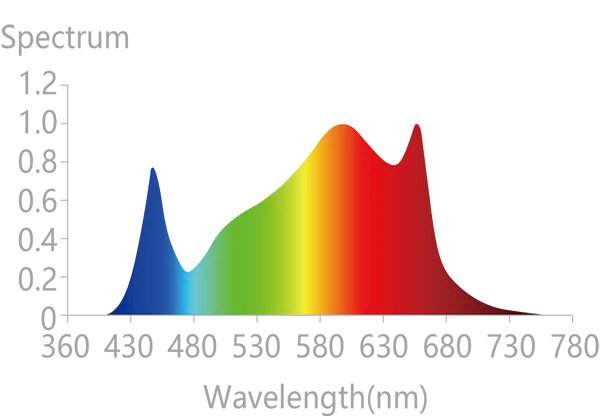
Figure: Photosynthetic Photon Flux Density (PPFD), refers to the total number of micromoles falling within a specified area, the unit of measurement is micromol/sec/square meter µmol/s/m2, the concept is similar to lux lx.
Figure: Photosynthetic Photon Flux (PPF), refers to the total number of micromoles generated at wavelengths of 400-700nm, the unit of measurement is micromoles/second µmol/s, and the concept is similar to light energy, lm/s.
The spectrum of plant light is not the best, only the most suitable
Because the spectrum of LED grow lights can be designed, the spectrum of LED grow lights shows diversity. Each spectrum of grow lights is advertised as the best by the designer. Here we emphasize that the spectrum is not the best, only the most suitable It is not a good design idea to try to make the LED spectrum universal for a certain planting process. The spectral design with high compatibility is at the cost of sacrificing planting efficiency and wasting electric energy.
Pay attention to the uniformity of the radiation field of the radiation surface
For the spectrum of a plant lamp combined with a variety of single-wavelength lamp beads, the uniformity of the radiation surface after mixing various radiation needs to be considered, mainly the arrangement of the lamp beads, the light distribution design, the installation height of the lamps, etc.; the uniformity of the radiation field It affects the photosynthetic efficiency. For the three-dimensional planting of the shelf structure, try to use the Lambertian light distribution. For the greenhouse fill light plant lamp with lens, the uniformity of the radiation field needs to be paid more attention. It is necessary to increase the installation height to improve the radiation. The result of surface uniformity is the reduction of the PPFD value as the square of the distance.
Pay attention to the luminaire efficiency of plant lamps
The luminaire efficiency of the grow light is the ratio of the PPF value of the luminaire to the PPF value of the light source. This value is less than 1, which is related to the light distribution design of the secondary optics. The luminaire efficiency of LED grow lights is usually between 0.9 and 0.5, and the efficiency of the luminaire affects plants. The energy consumption index and planting efficiency of the lamp, the efficiency of the plant lamp designed with lens will not exceed 0.8.
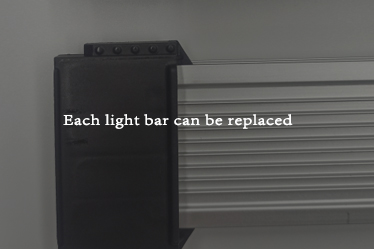 Can ordinary LED lights be used as plant lights?
Can ordinary LED lights be used as plant lights?
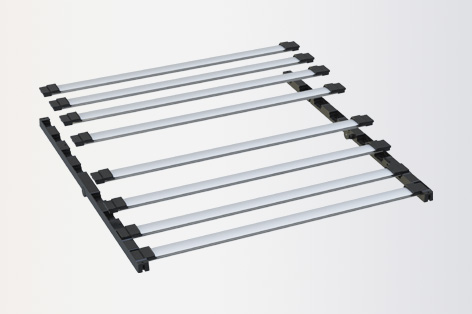 The development trend of LED plant lights
The development trend of LED plant lights
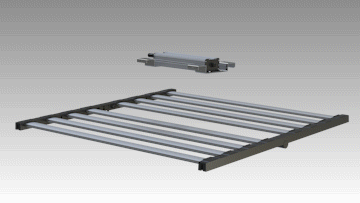 LED Grow Light Market Prospects
LED Grow Light Market Prospects
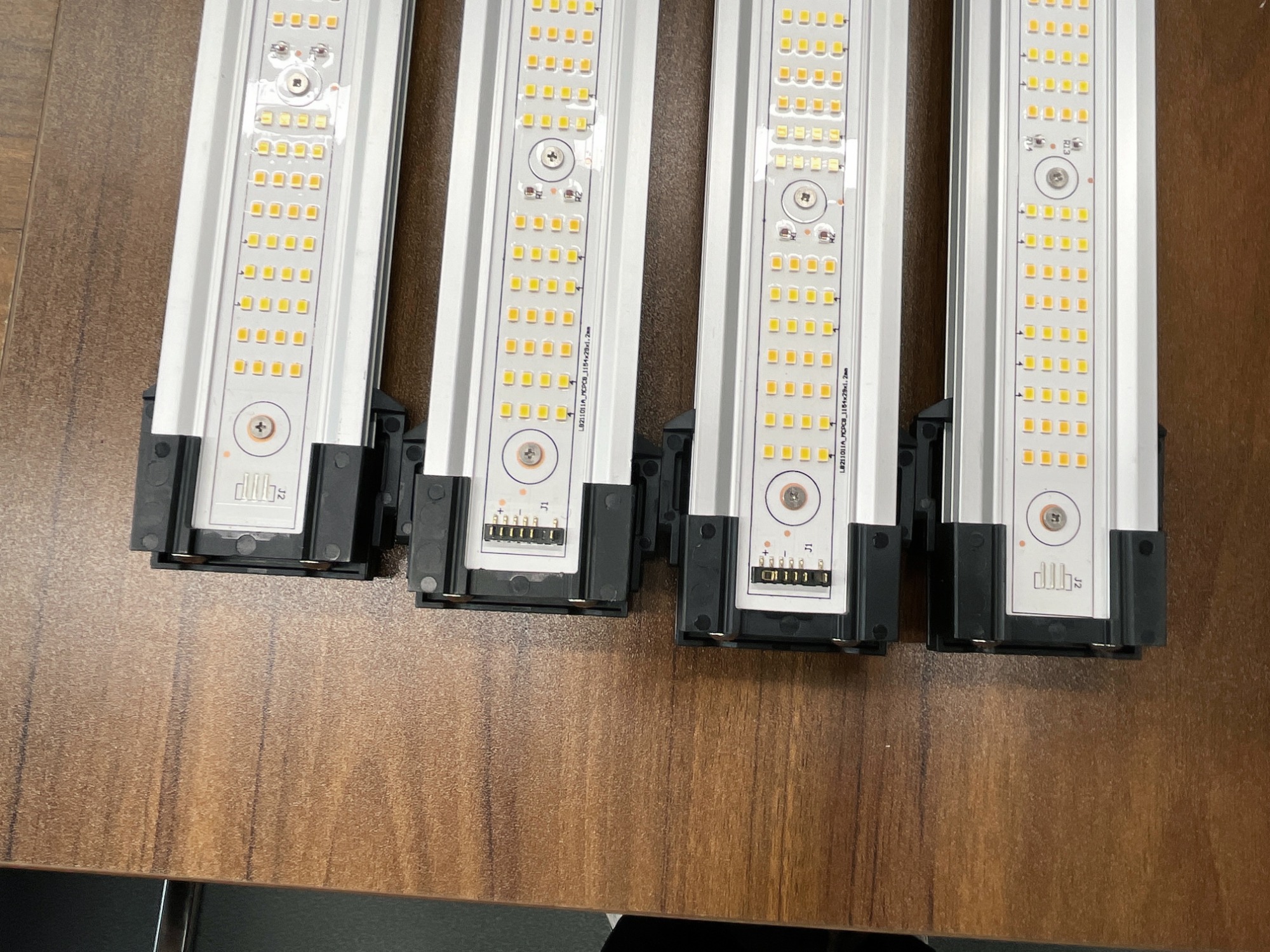 The effect of photosynthesis on plants
The effect of photosynthesis on plants